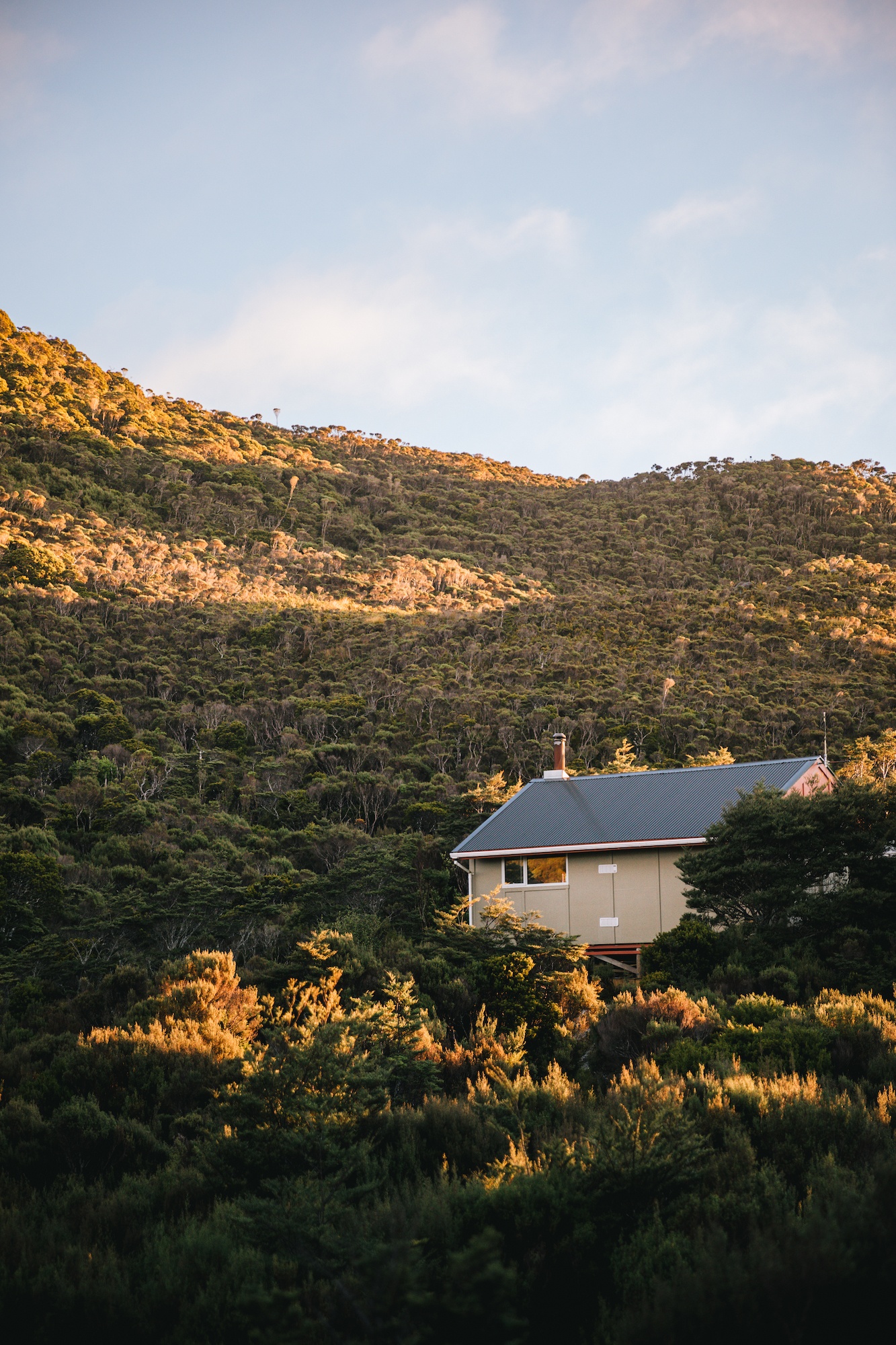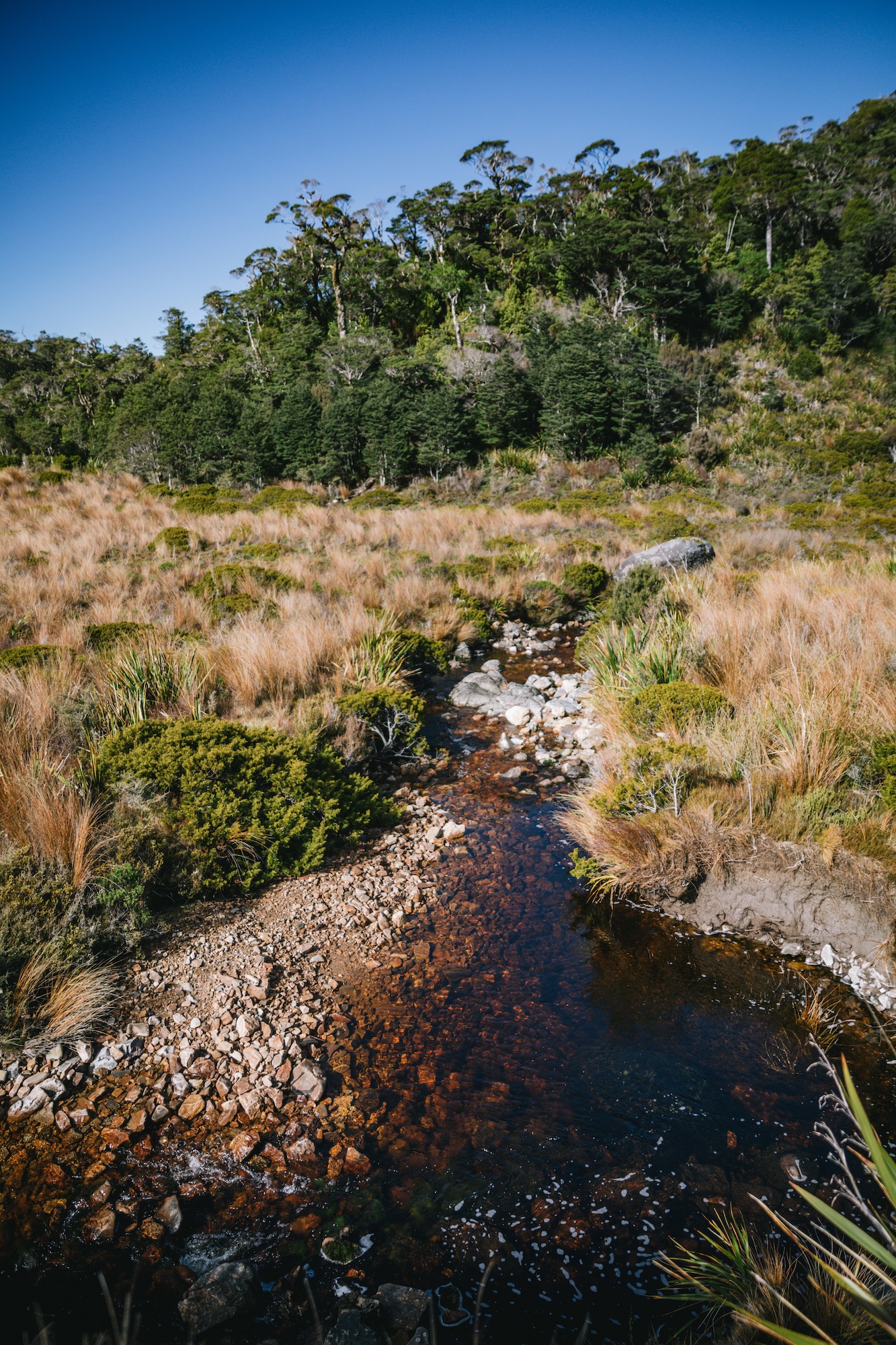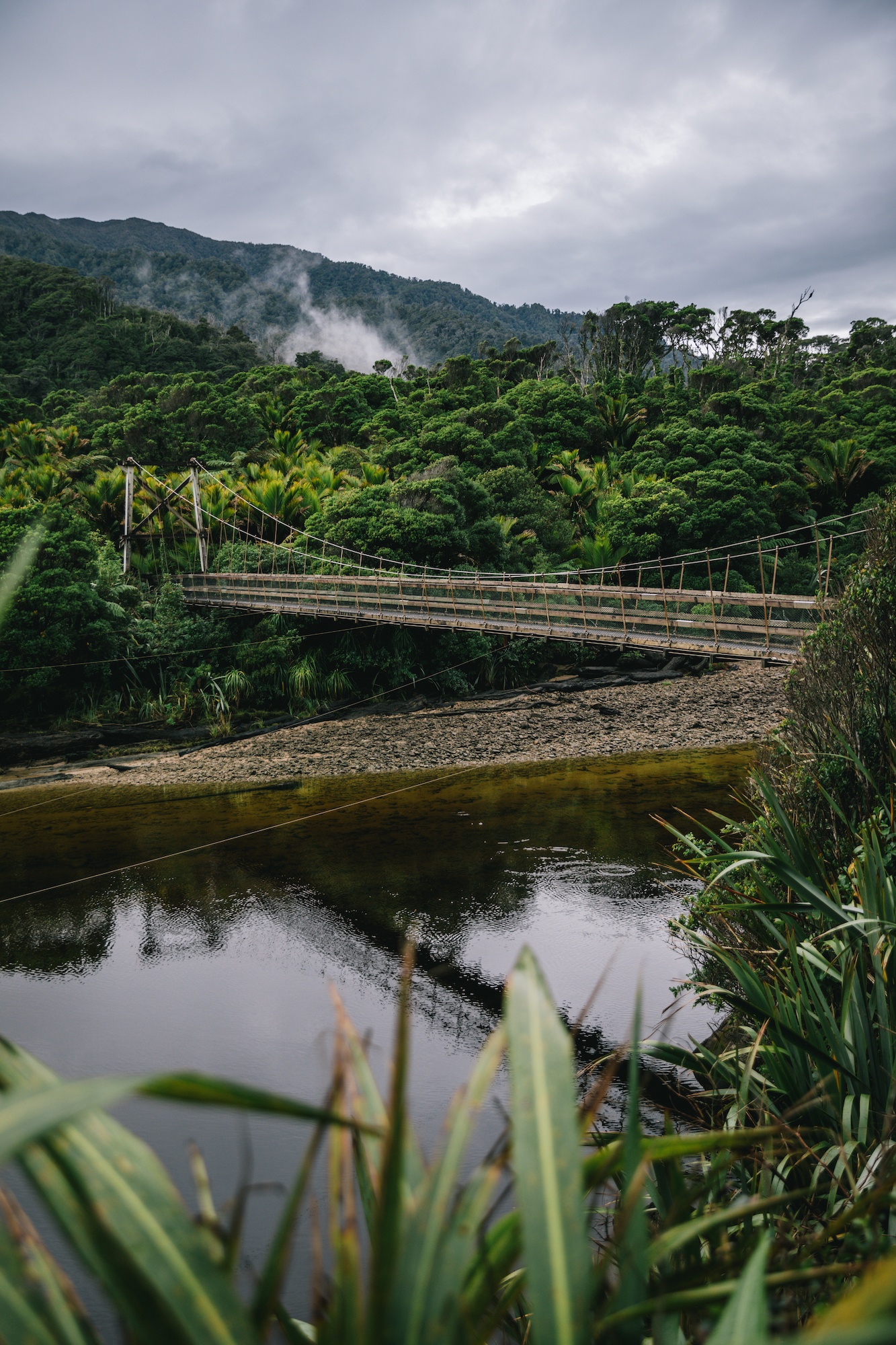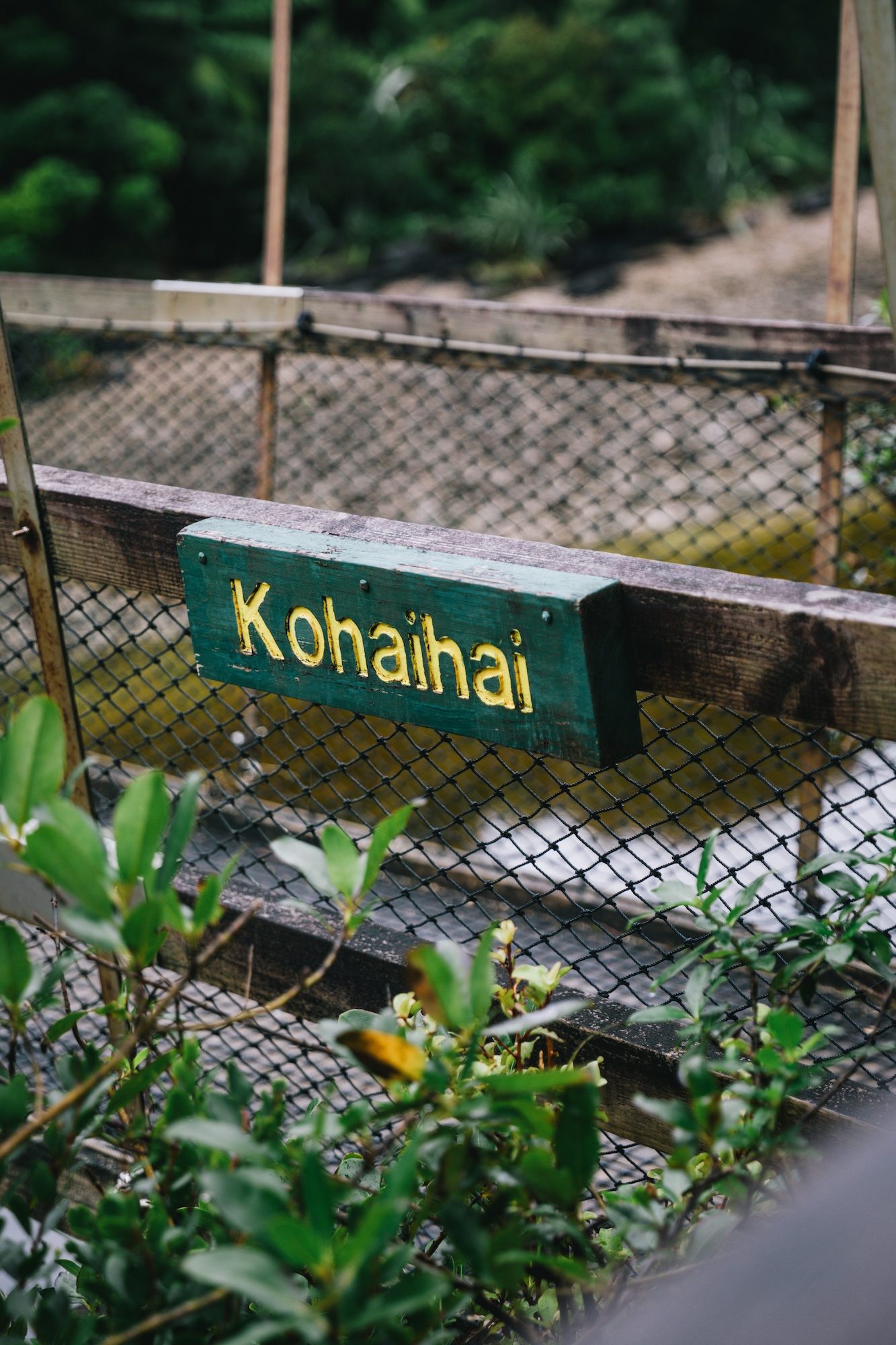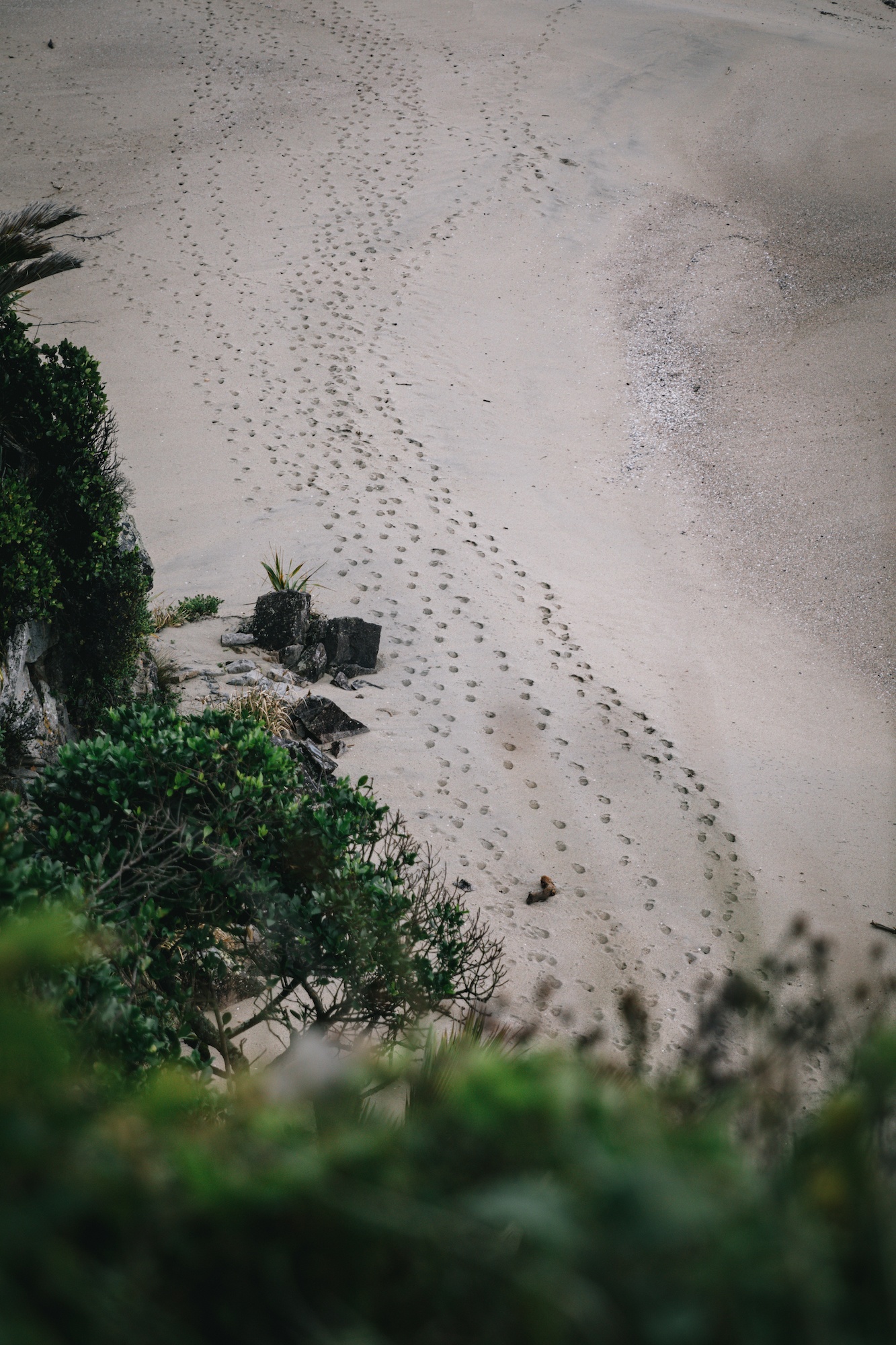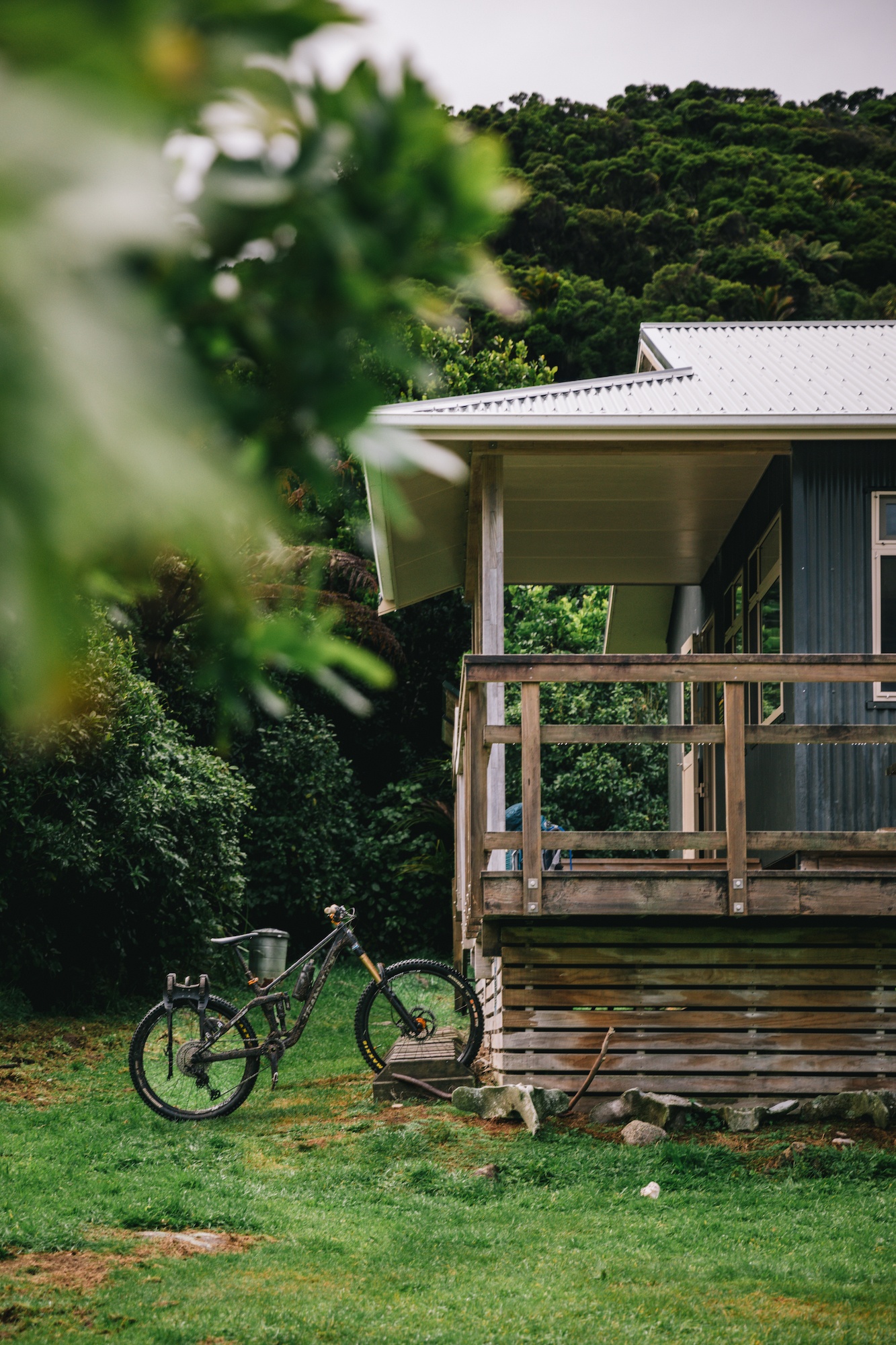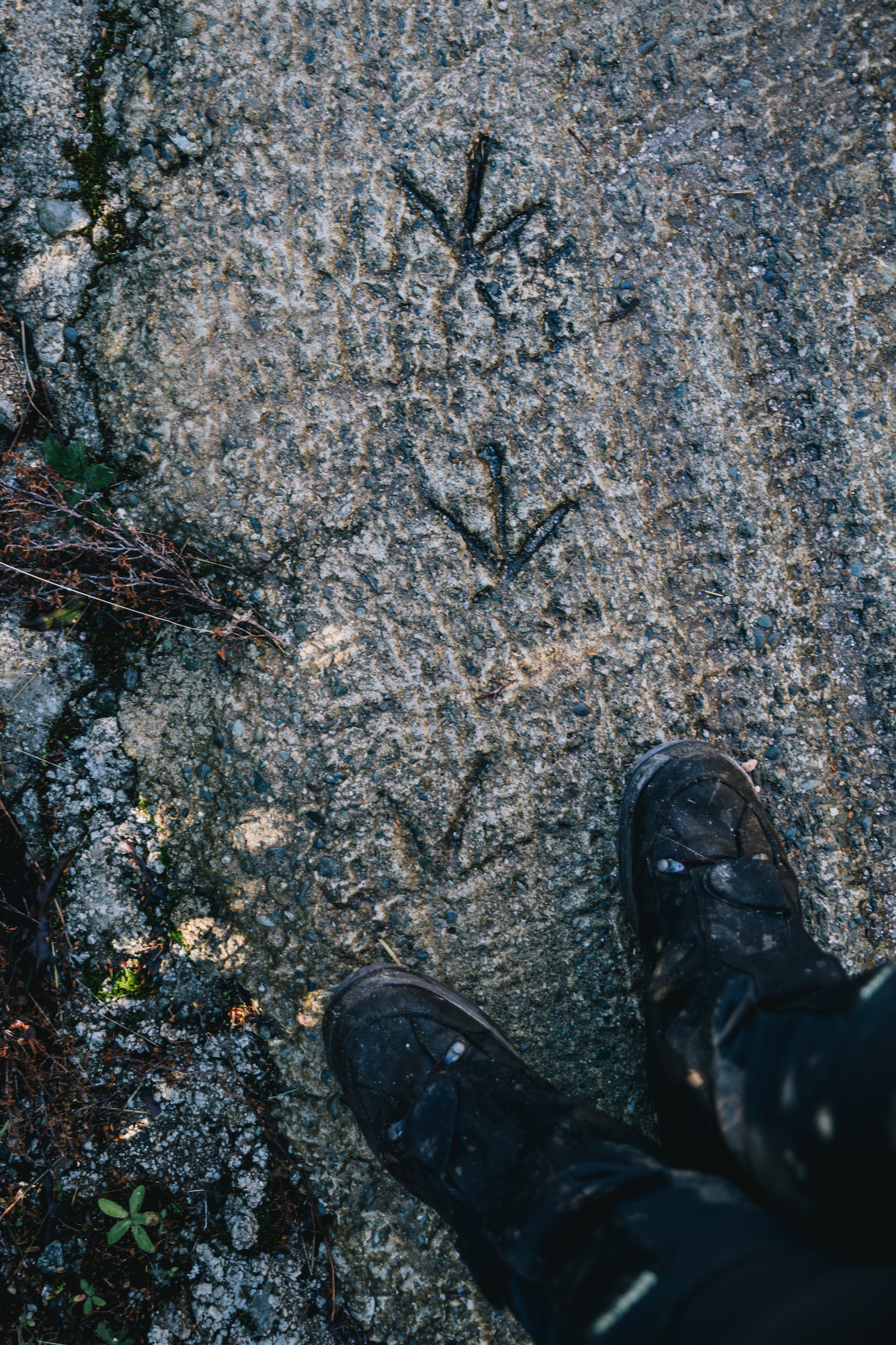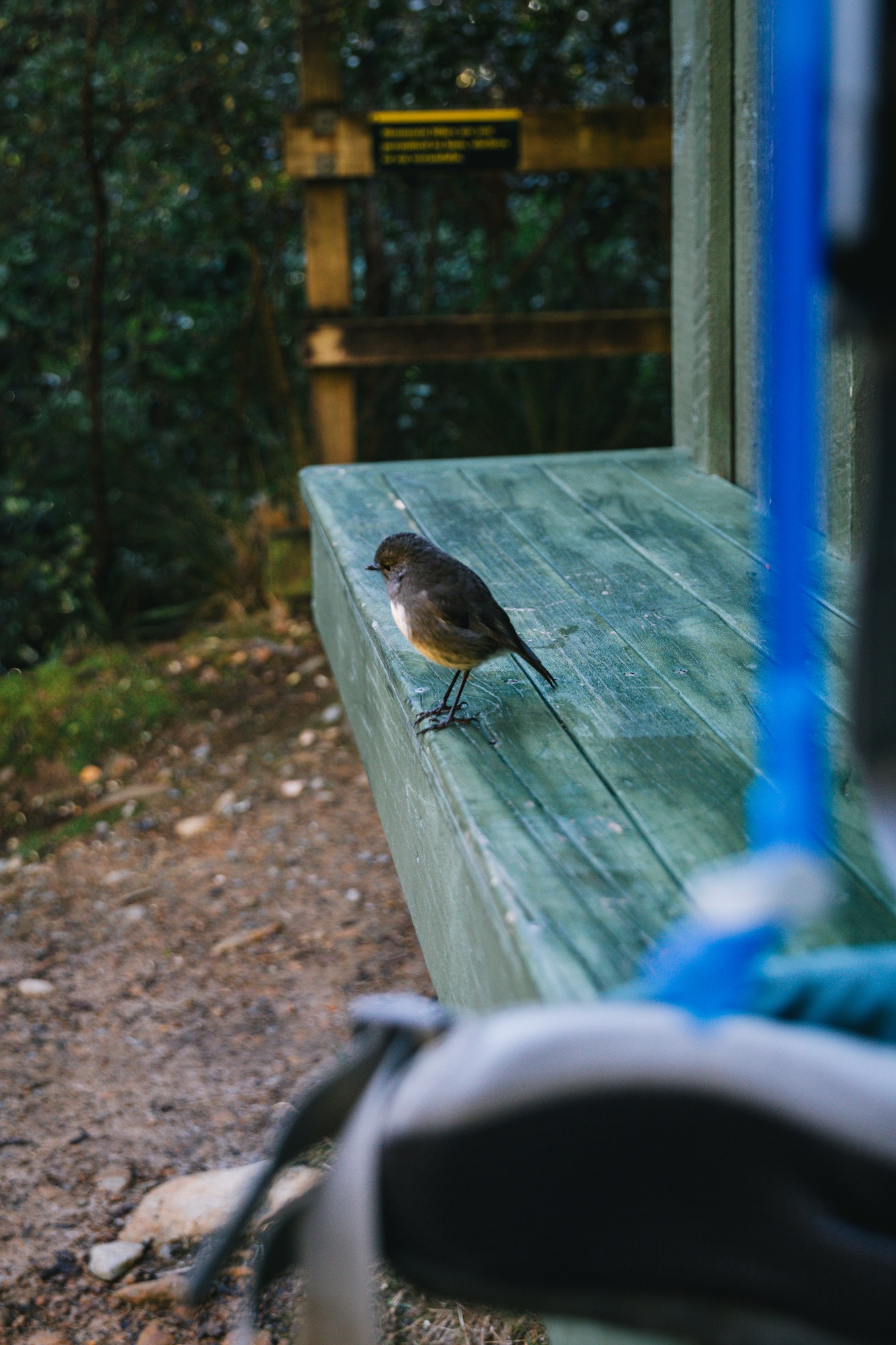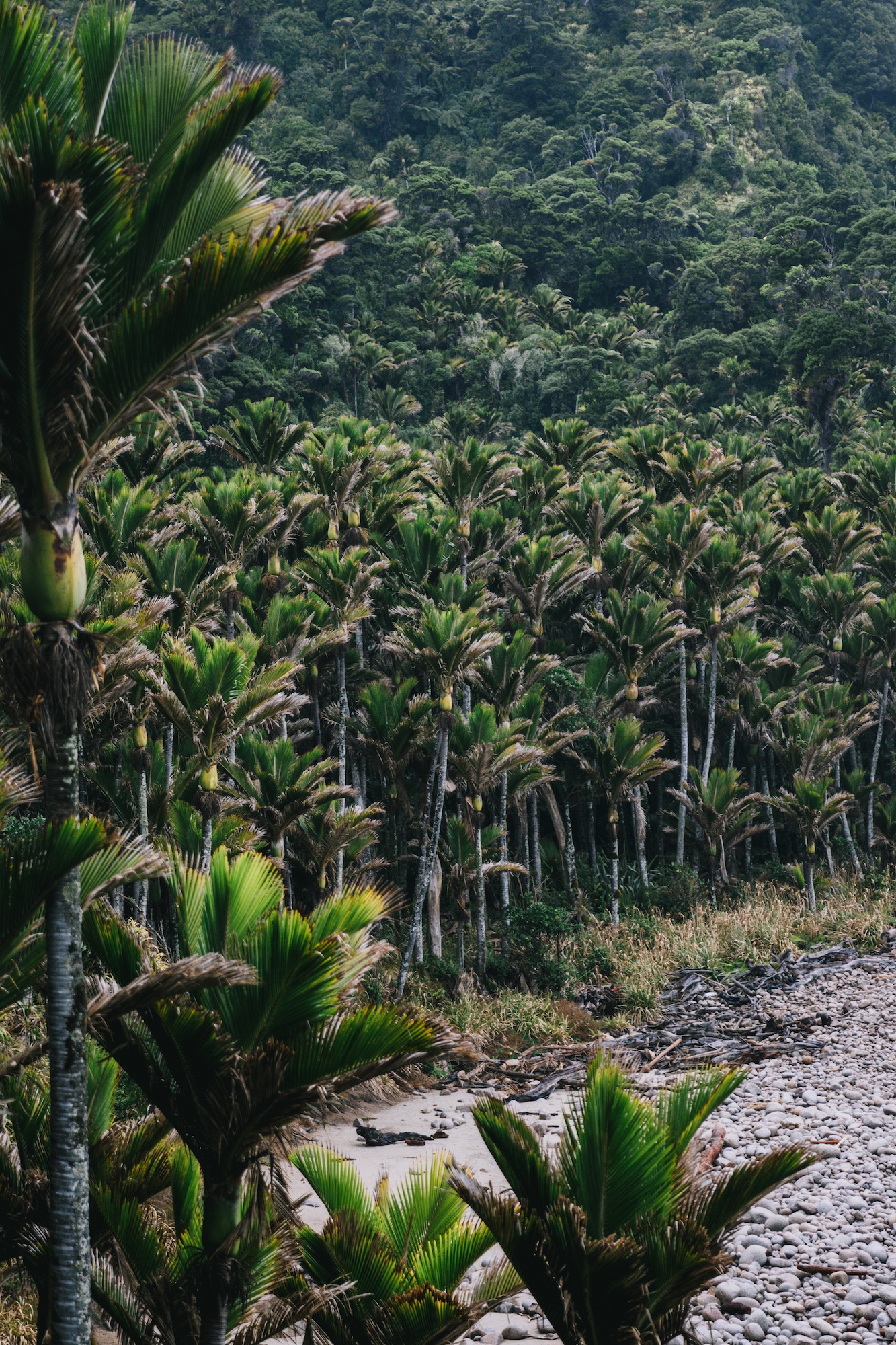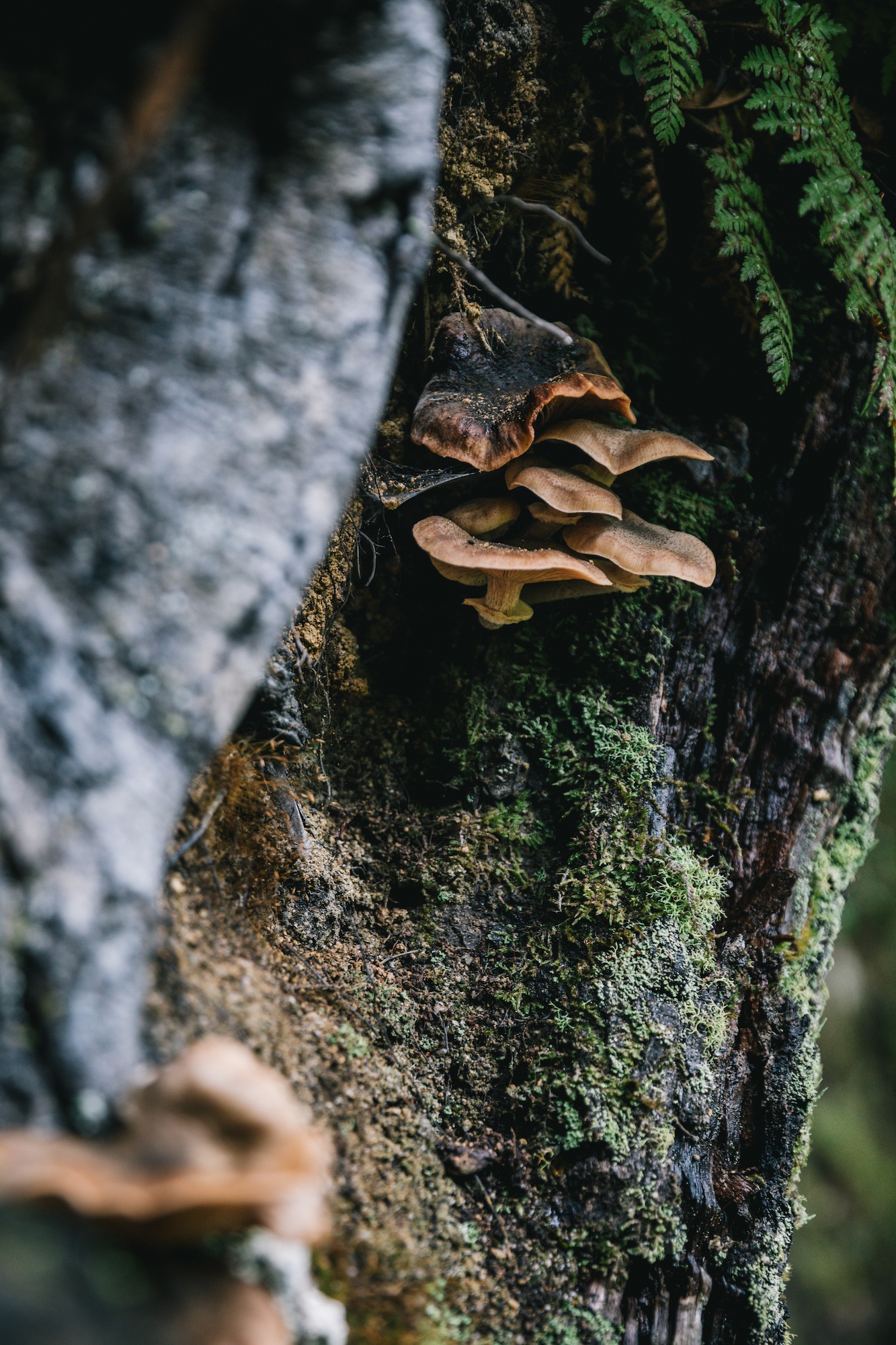There are so many walks and tramps in New Zealand on my list that I haven’t had a chance to check out. And no matter how much I get out and tackle them, the list only grows longer. Funny how that happens.
But there is one track I’ve been wanting to do forever, the Heaphy Track. New Zealand has ten Great Walks, including the Heaphy, and I’ve basically done them all, some even a few times. Great Walks have better infrastructure than our normal backcountry tramps – they also come with bigger price tags and book out fast. Bigger, fancier huts with wardens. Some even have flushing toilets (!!!). Wide and better-maintained trails, and for some of them, you can choose guided options.
While kiwis pride themselves on being tough and cheap when it comes to tramping (no arguing), there is something great about easier tracks. I’ve done my fair share of slogging through frigid rivers, climbing tree roots and scrambling up dodgy rocks, and even walking in knee-deep mud (f*ck that). I’m pretty sure the motto here is, “Why build a nice switchback trail when you can just climb straight up the mountain?”
But I’m gonna be honest: I love a chance NOT to use my hands when tramping, hanging on for dear life, and praying to whatever god is out there that torture ends soon. I really don’t care about being hardcore.
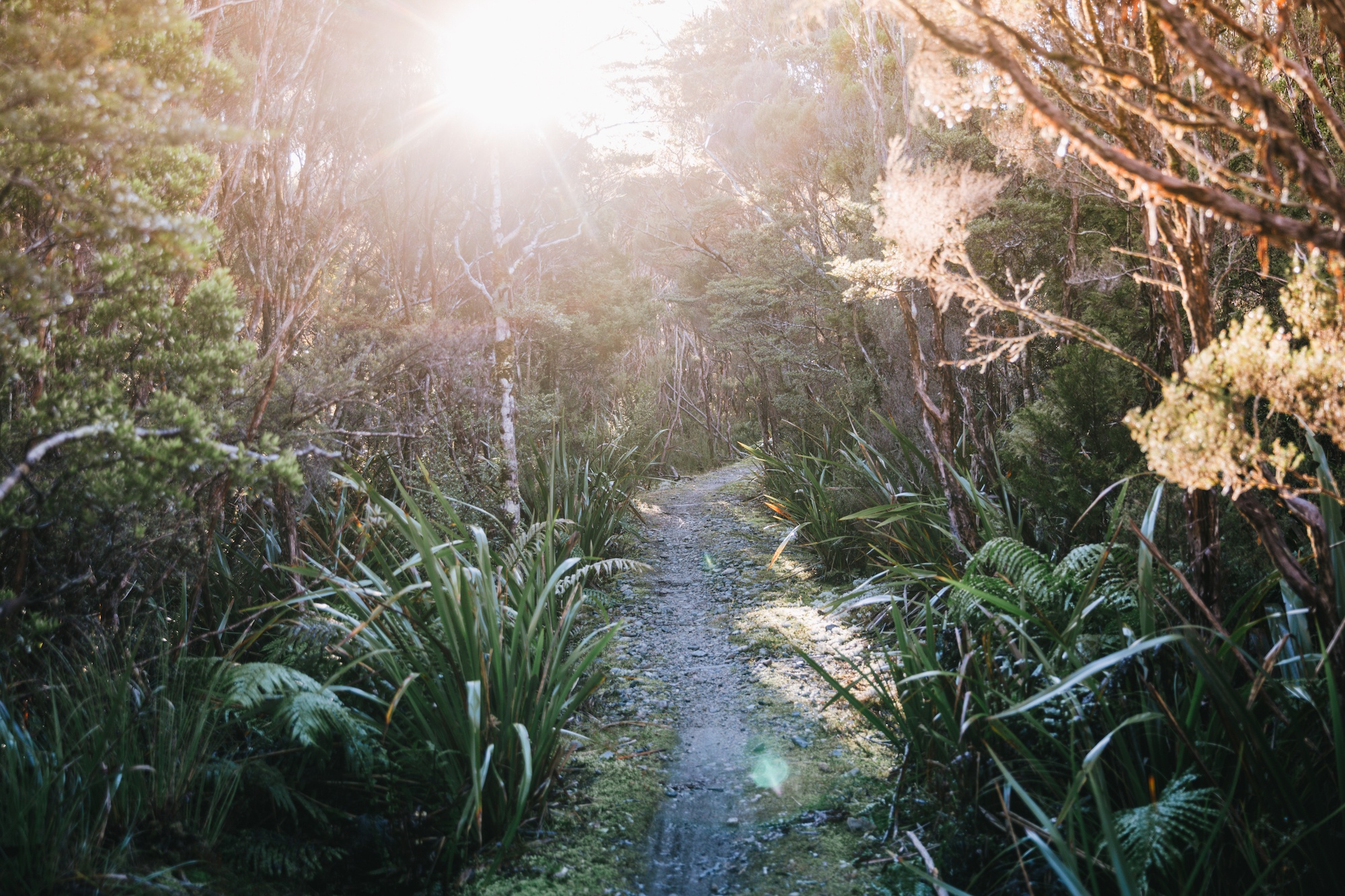
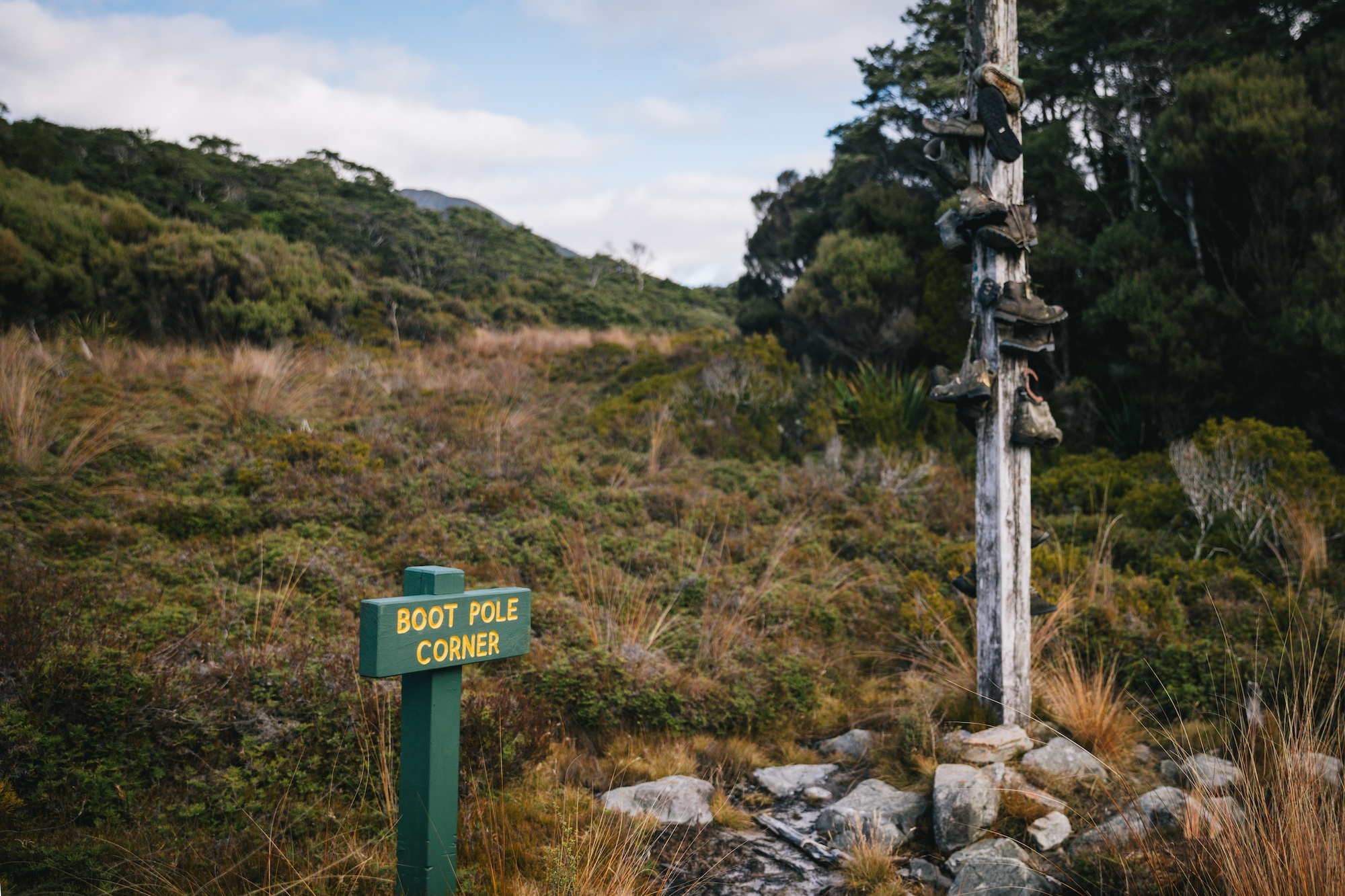
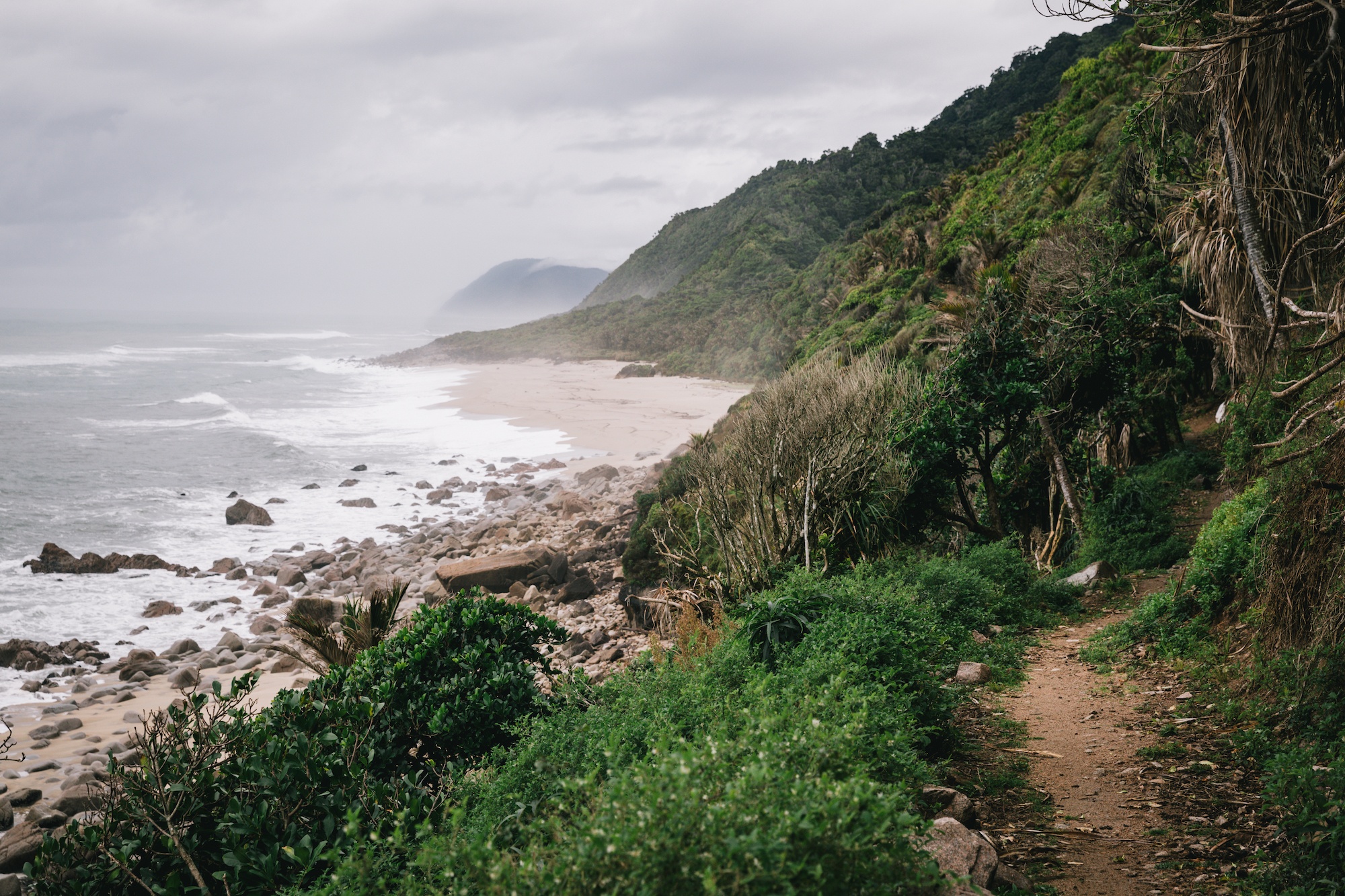
While you won’t see many kiwis on the popular Great Walks, it was all locals when I did the Heaphy Track in May this year. From May 1st, our autumn, the track opens to mountain bikers. At an 84-kilometer tramp, it’s the longest Great Walk (minus canoeing the Whanganui River), and I will argue it’s the best.
So why did I put it off for so long? Because the start and finish of the track are a seven-hour drive apart. I couldn’t figure out the logistics, especially as I prefer to tramp alone. The start on the West Coast is a ten-hour drive from Wānaka, too. It’s quite a commitment, and it would be nearly $500 to relocate my car, on top of fuel: it currently costs me $175 to fill up my little car here. NOPE.
But then I mentioned to a friend that I was keen to tackle the Heaphy this year, and they told me about Golden Bay Air as the best logistics option. Looks left to right, how did I not know about this? You can fly in between the start and finish, and they do lots of shuttles. They have streamlined the process of organizing the tramp, and it’s affordable. It’ll save you 450 kilometers of driving. Count. Me. In.
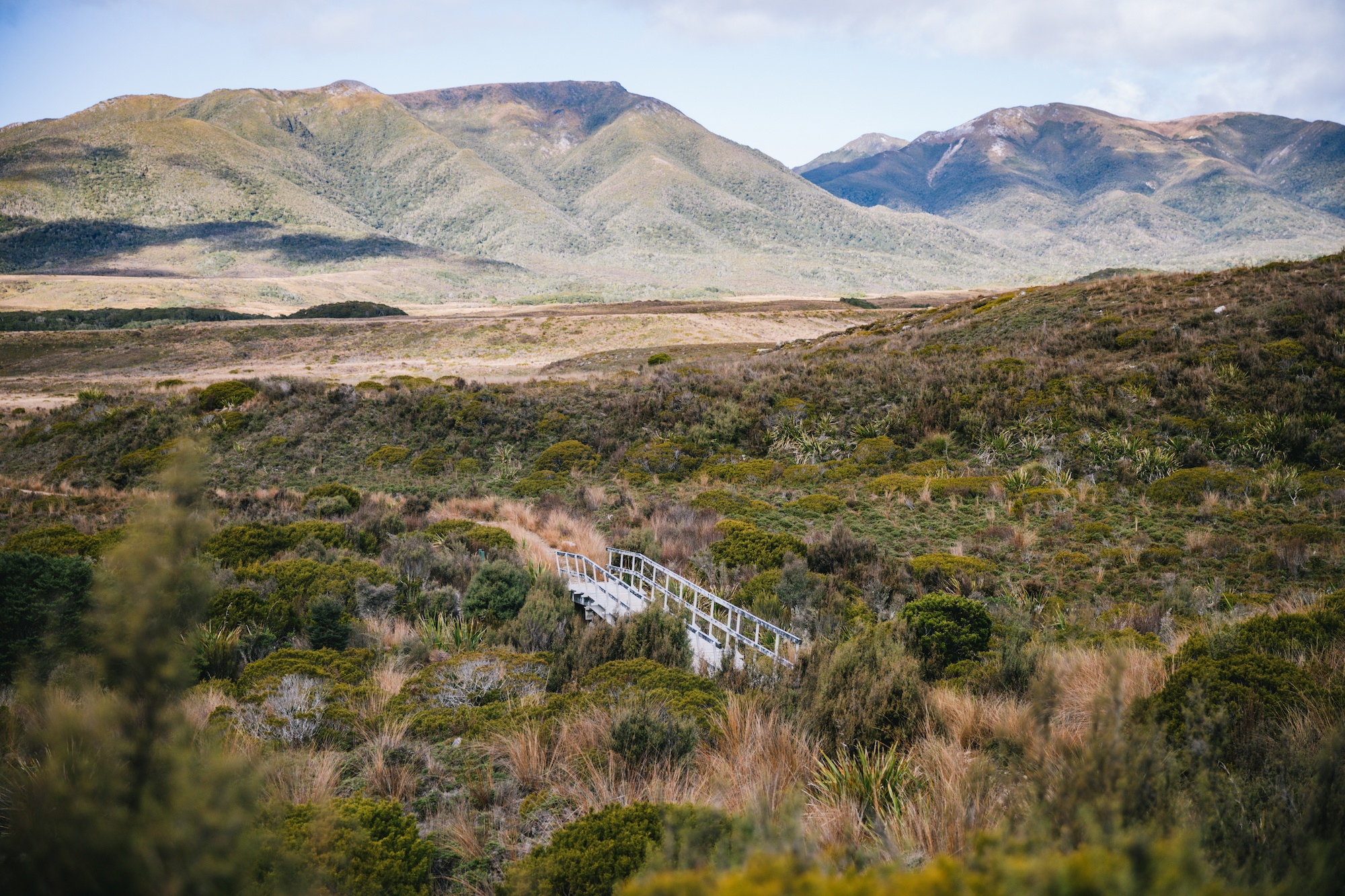
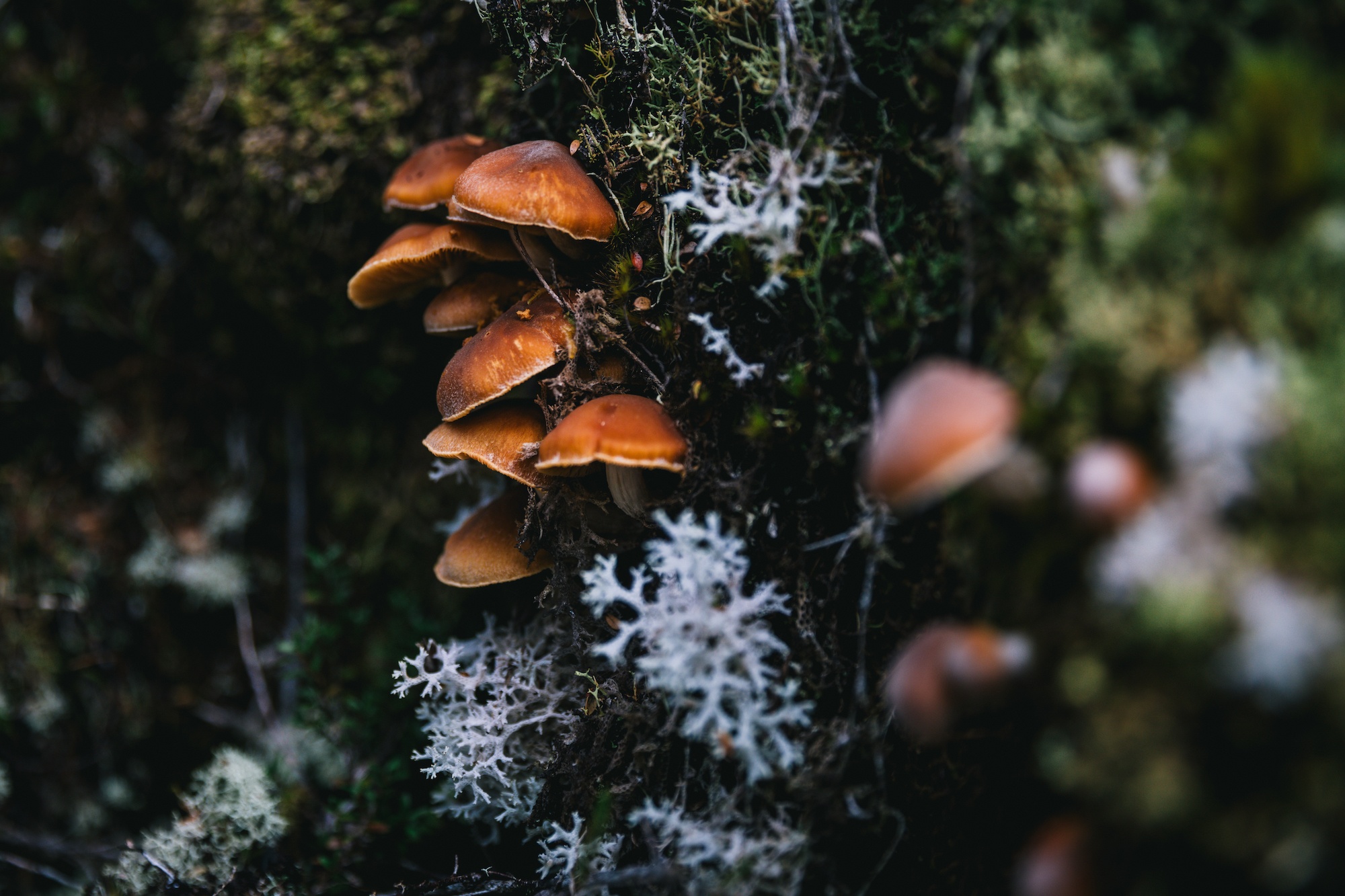
How I organized my logistics with Golden Bay Air:
- I drove from Wanaka to Westport in a day and stayed in a motel that night
- The next morning, I drove north, and I dropped a bag of clean clothes and toiletries at the tiny airport in Karamea
- Then I drove 15 minutes to the start of the track on the West Coast side
- I parked my car at the Kōhaihai campsite, which is where the track begins
- Over the next four days, I walked the Heaphy Track
- I stayed in these huts in order:
- Day 1 – Heaphy Hut
- Day 2 – James Mackay Hut
- Day 3 – Perry Saddle Hut
- I met the Golden Bay Air car shuttle pick-up at the end of the track at Brown Hut to head to Takaka airport
- I grabbed my hire car and my other bag from the Takaka airport
- I stayed in Takaka for three nights to explore Golden Bay
- I returned to the Takaka airport to return the hire car and catch my short flight back to the Karamea airport
- Then, the shuttle brought us back to the start of the track at Kōhaihai, where I left my car
- Then drove back to Wanaka
**This looks like a lot, but basically, when you book with Golden Bay Air, they cover all of these services, so the process is streamlined, and the timings all line up, so you don’t have to wait around. And for those of you reading from overseas, the Karamea and Takaka airports are tiny, the size of a room; they’re more like an airstrip, not for larger commercial jets. There’s no queuing or anything.
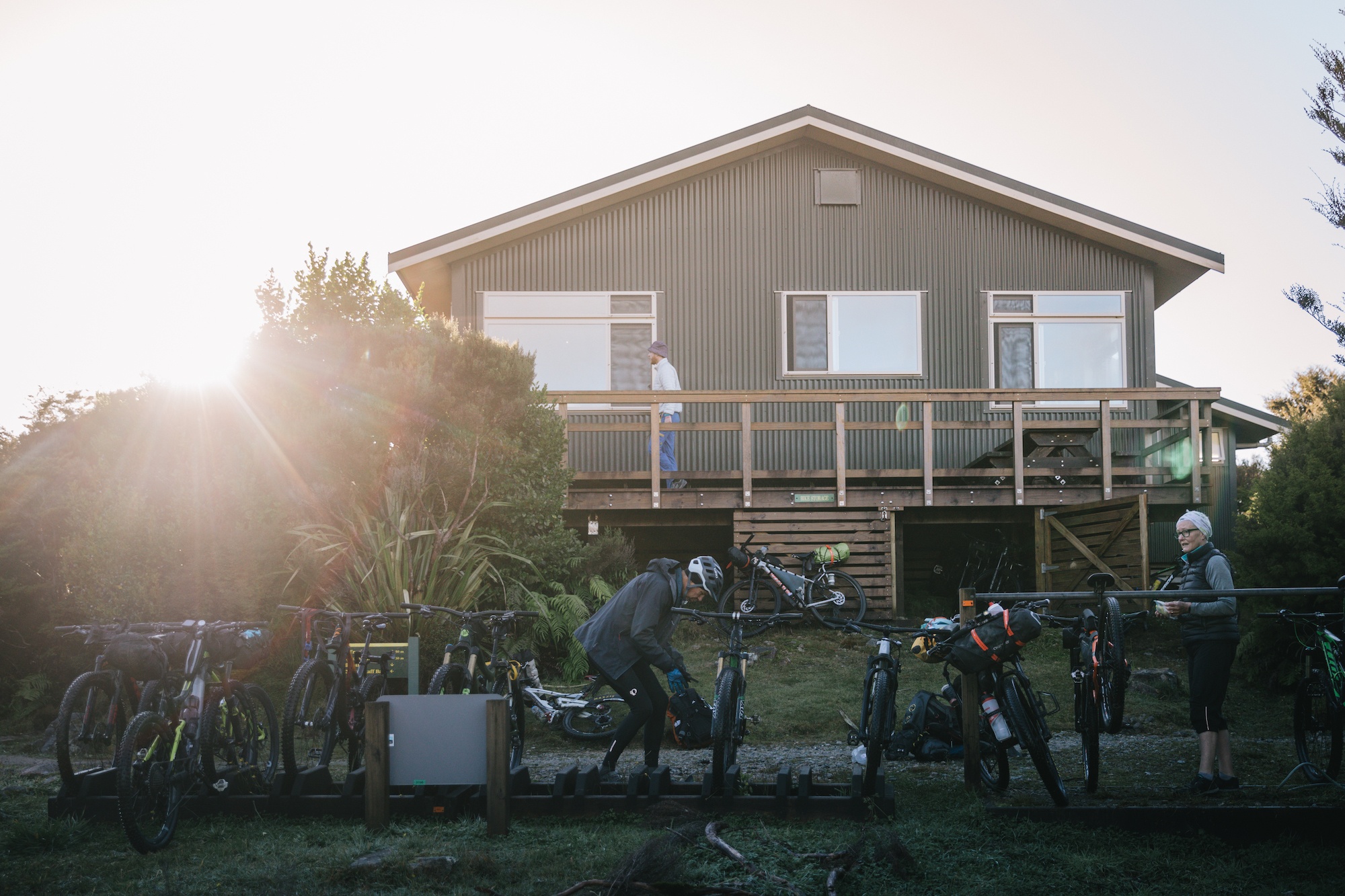
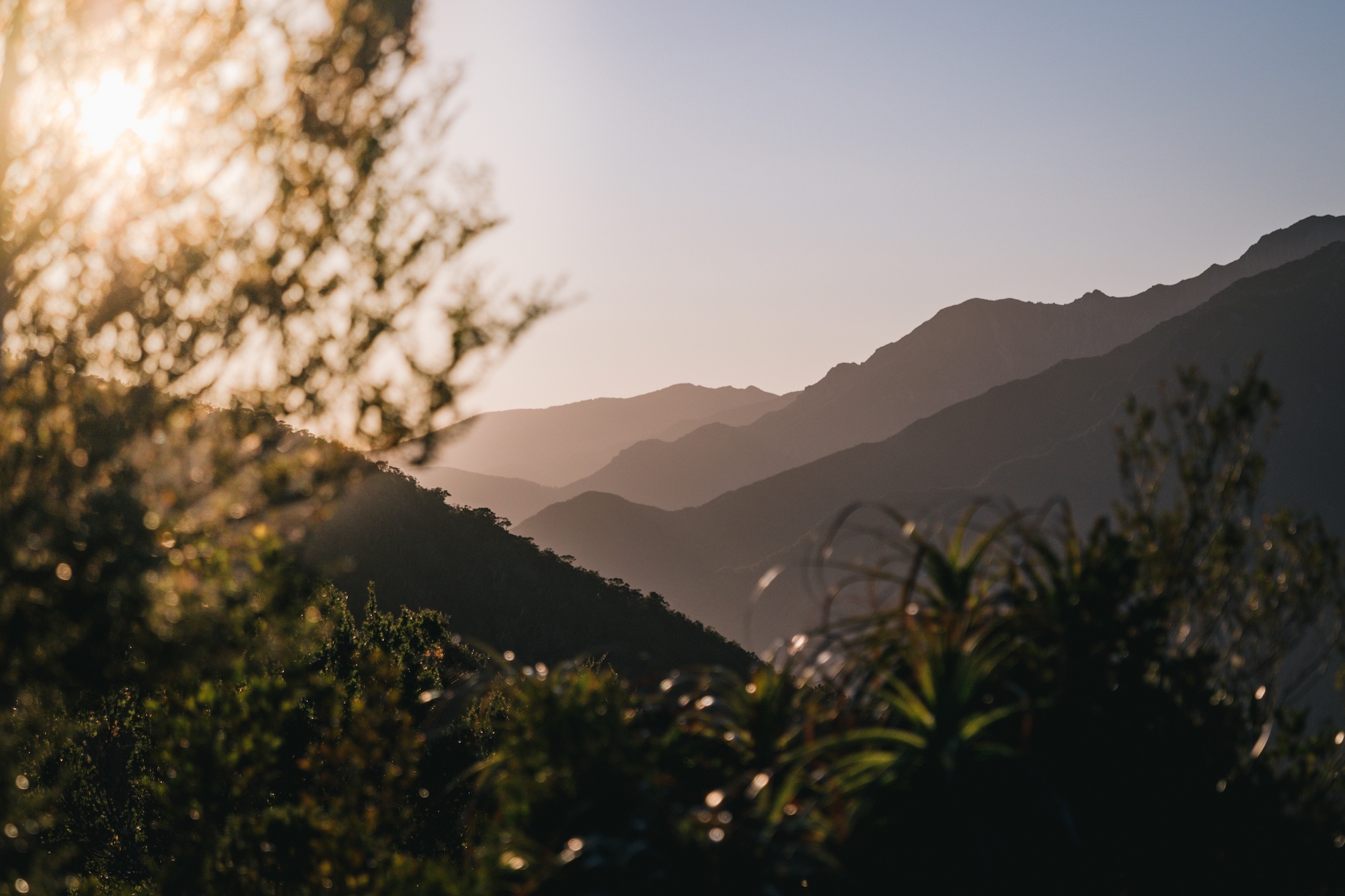
I decided to walk the Heaphy Track from the Karamea/West Coast side north to Takaka. Most people do it the other way, but it doesn’t matter. I don’t think it’s harder in either direction. Karamea is just closer to me to drive to than Takaka.
My GPS told me that the track was 84 kilometers long, and it was mostly evenly split over the four days, usually 16-25 kilometers per day. For me, it really wasn’t that hard. I thought the days would be much longer than I thought – each day took me around four to five hours. The best part, though, is the track feels flat. If you look at DOC’s elevation profile, it looks daunting. You’re climbing to 1,000 meters but over 20 kilometers. It’s so gradual you don’t notice the incline much.
I noticed my back was a little more sore than normal because I had a heavier pack, bringing my camera and more food than on shorter tramps. So don’t be put off by the 20-kilometer days—they were easy, the track seems flat, there are no steps except onto bridges (remember people bike it), and it’s well maintained. You can also make it longer by staying at some of the smaller huts.
You can drink the water along the track too – it’s stained brown from tannins from leaf matter. It’s totally fine to drink and tastes better than my tap water.
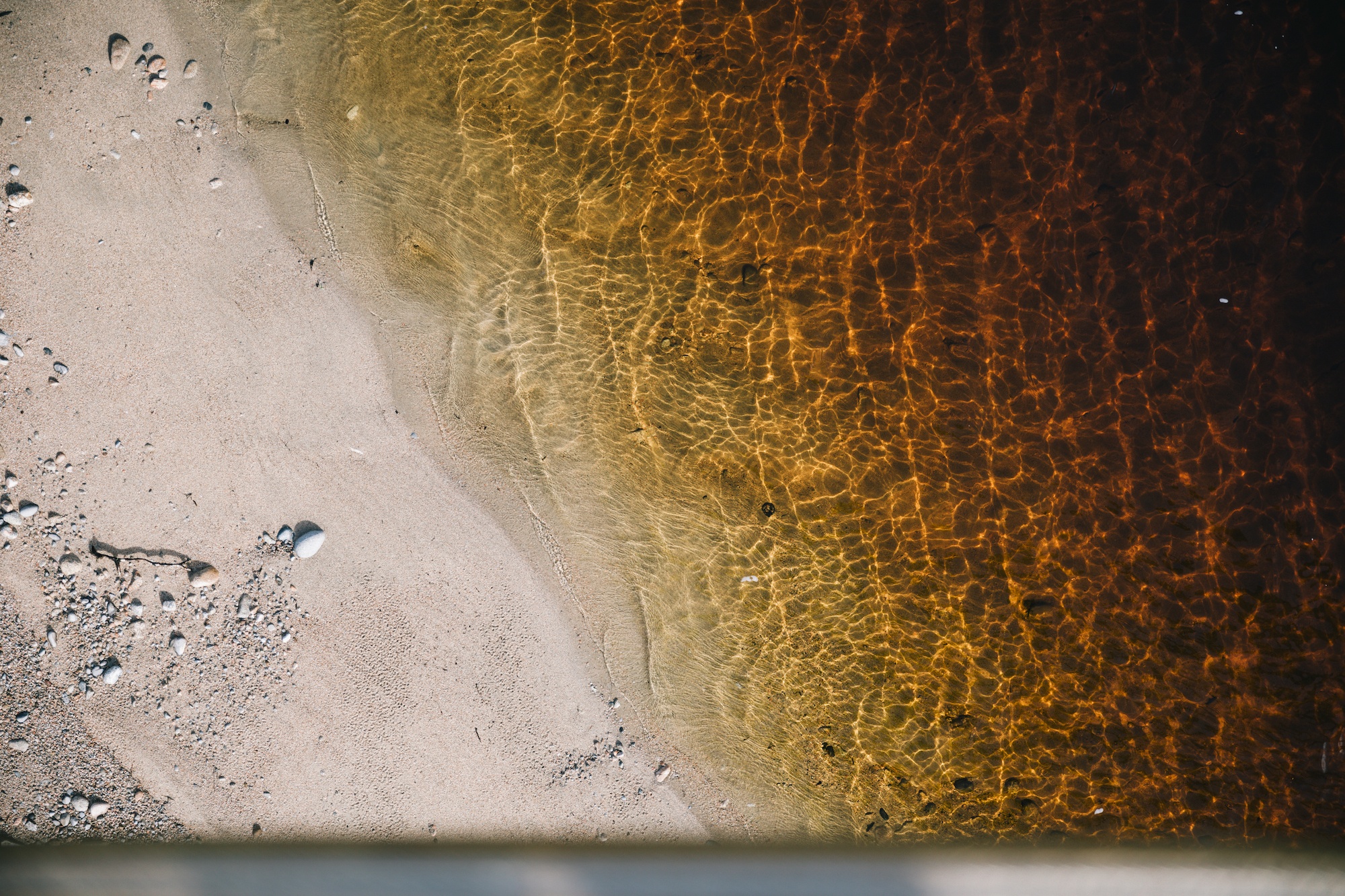
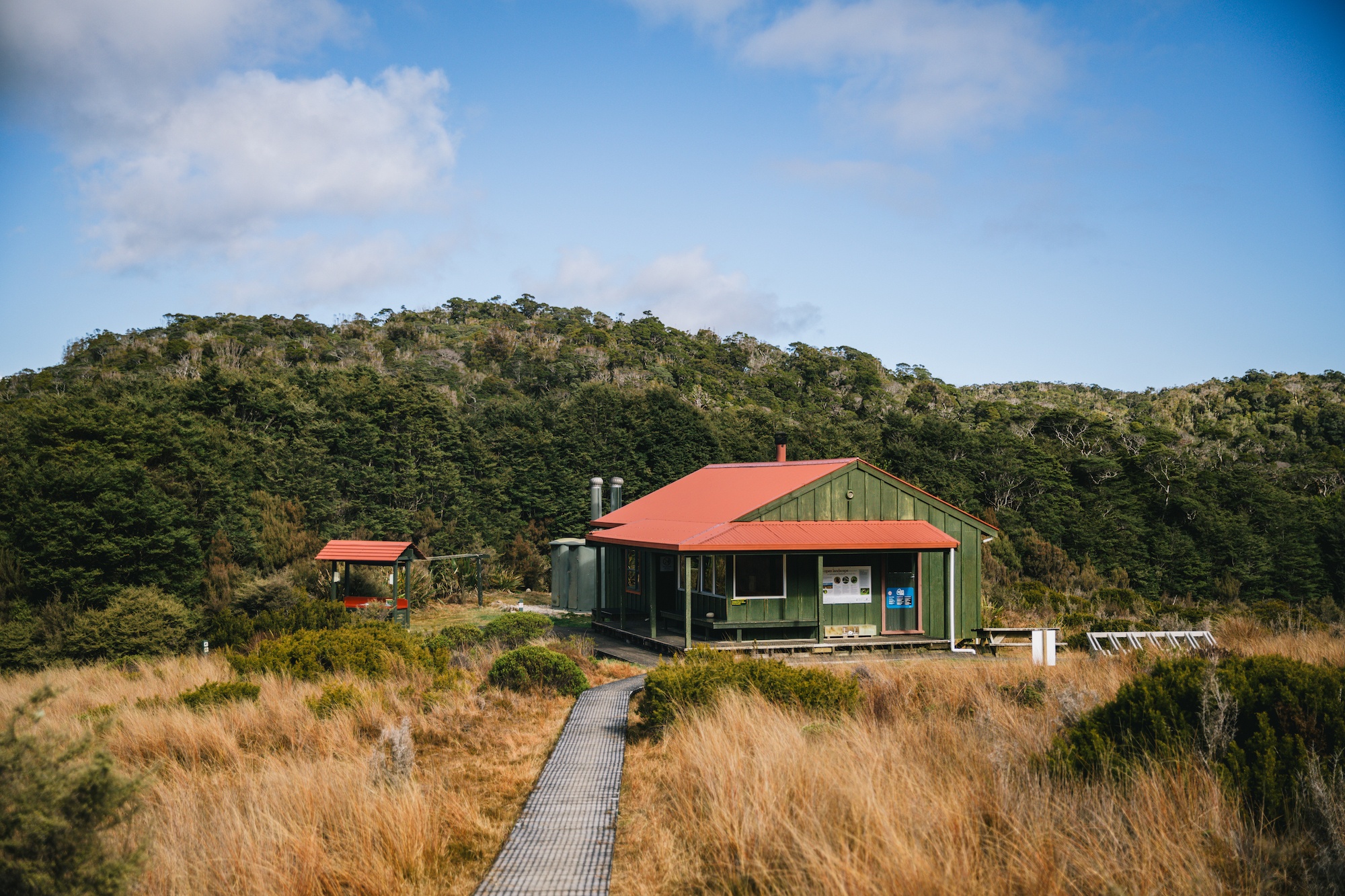
I decided to tackle the Heaphy Track in the autumn. It doesn’t have the avalanche danger that the more mountainous Great Walks have, making it a track you could tackle all year long. Though I imagine it could be unpleasant and cold in winter, I reckon you’d probably have the track all to yourself!
Also, I’m aware that many people think it’s weird that I love tramping alone and that I find the idea of being the only one on the track AMAZING. I’m an introvert. I generally hate people. I can’t help it.
I’ll use this opportunity to emphasize just how important it is to prepare accordingly and carry a Personal Locator Beacon (PLB), which you can rent if you don’t own one. This is what you set off if you have a life-threatening injury or are in danger of serious injury or loss of life. Trust me, Search and Rescue would rather come and find you with your GPS location from the PLB than have to start searching for bodies.
There is also the risk of flooding, which means you might have to stay longer on the track. There are many huts and several emergency shelters. Bring extra food. I always bring extra food.
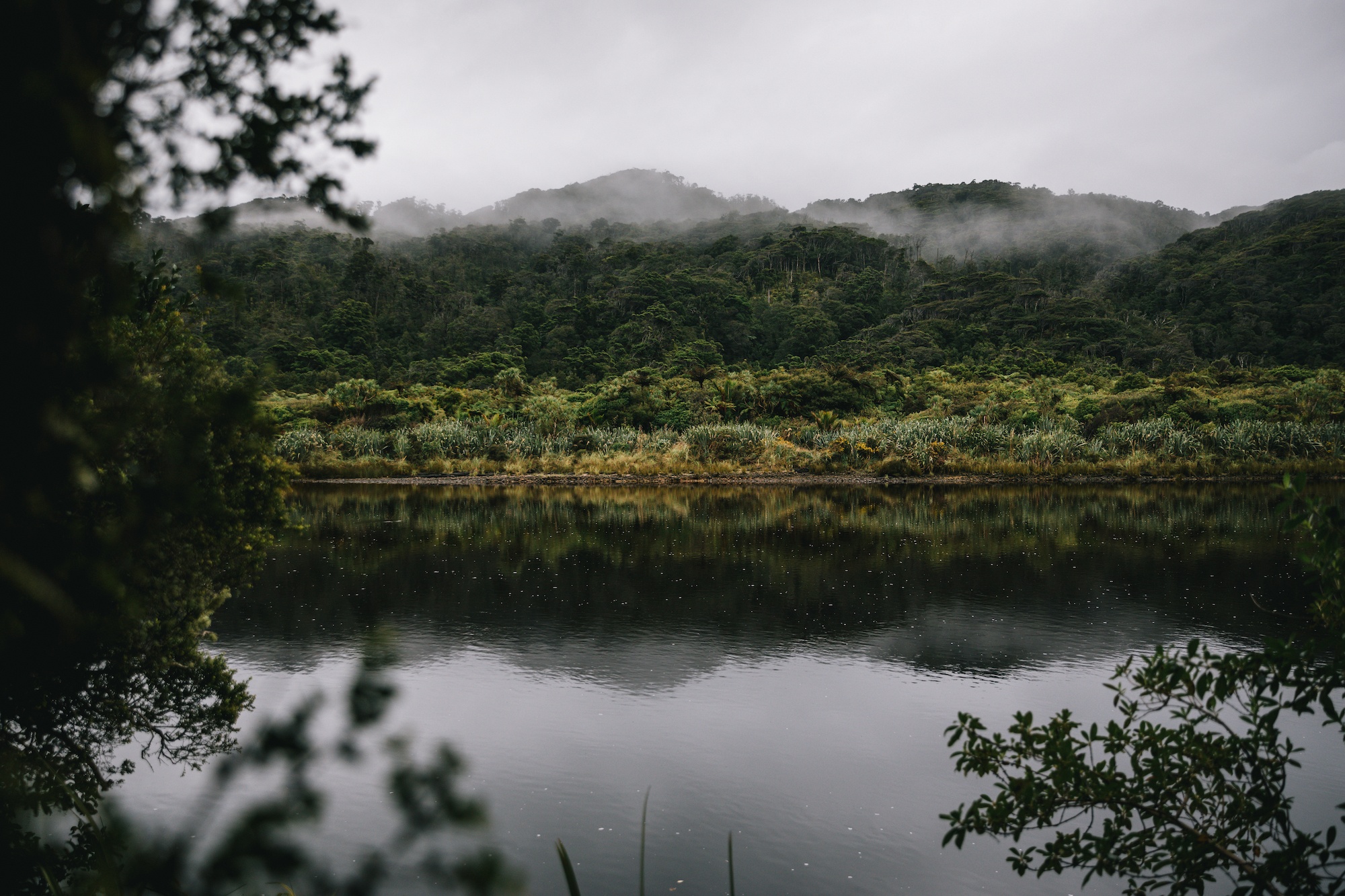
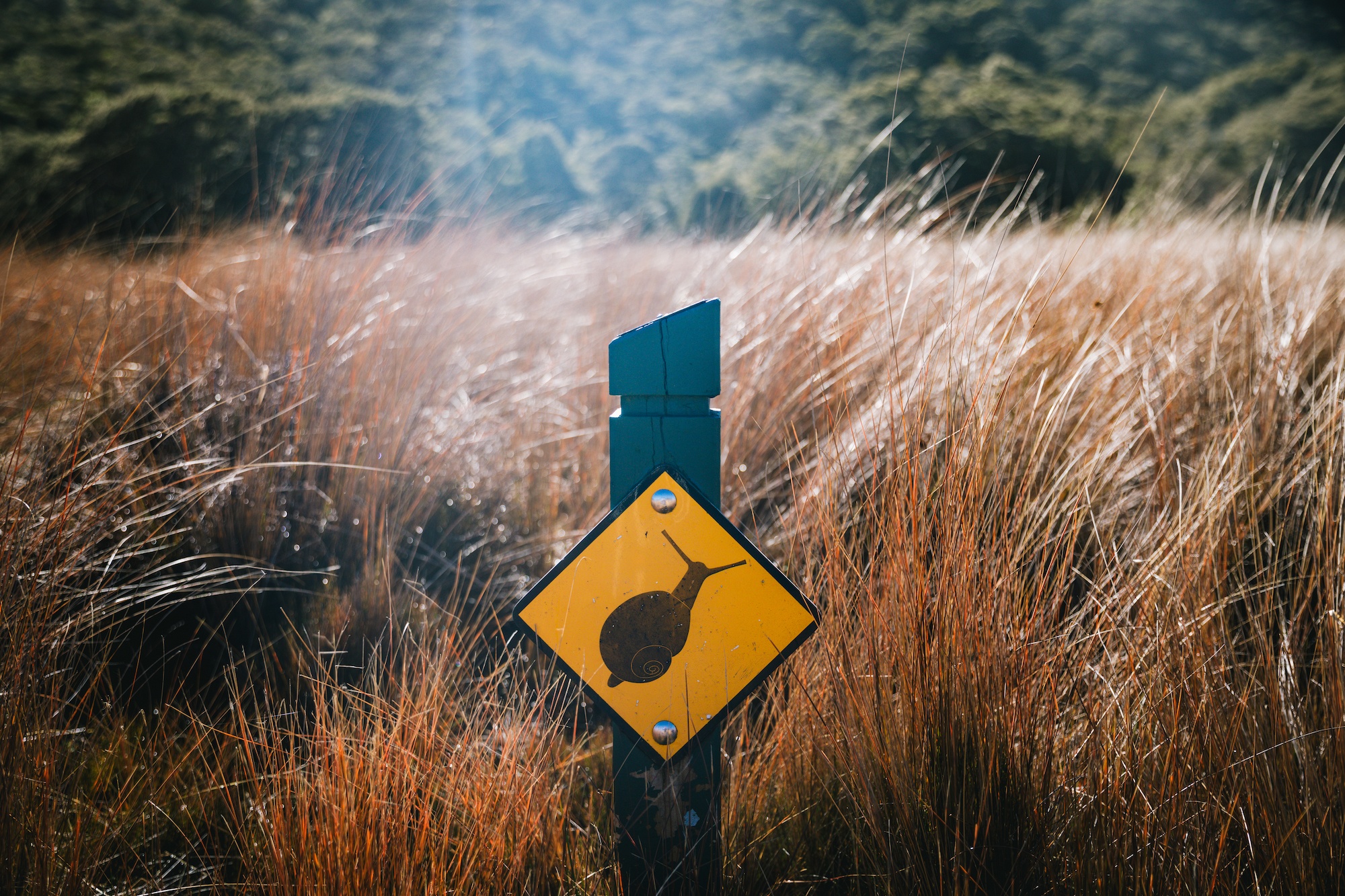
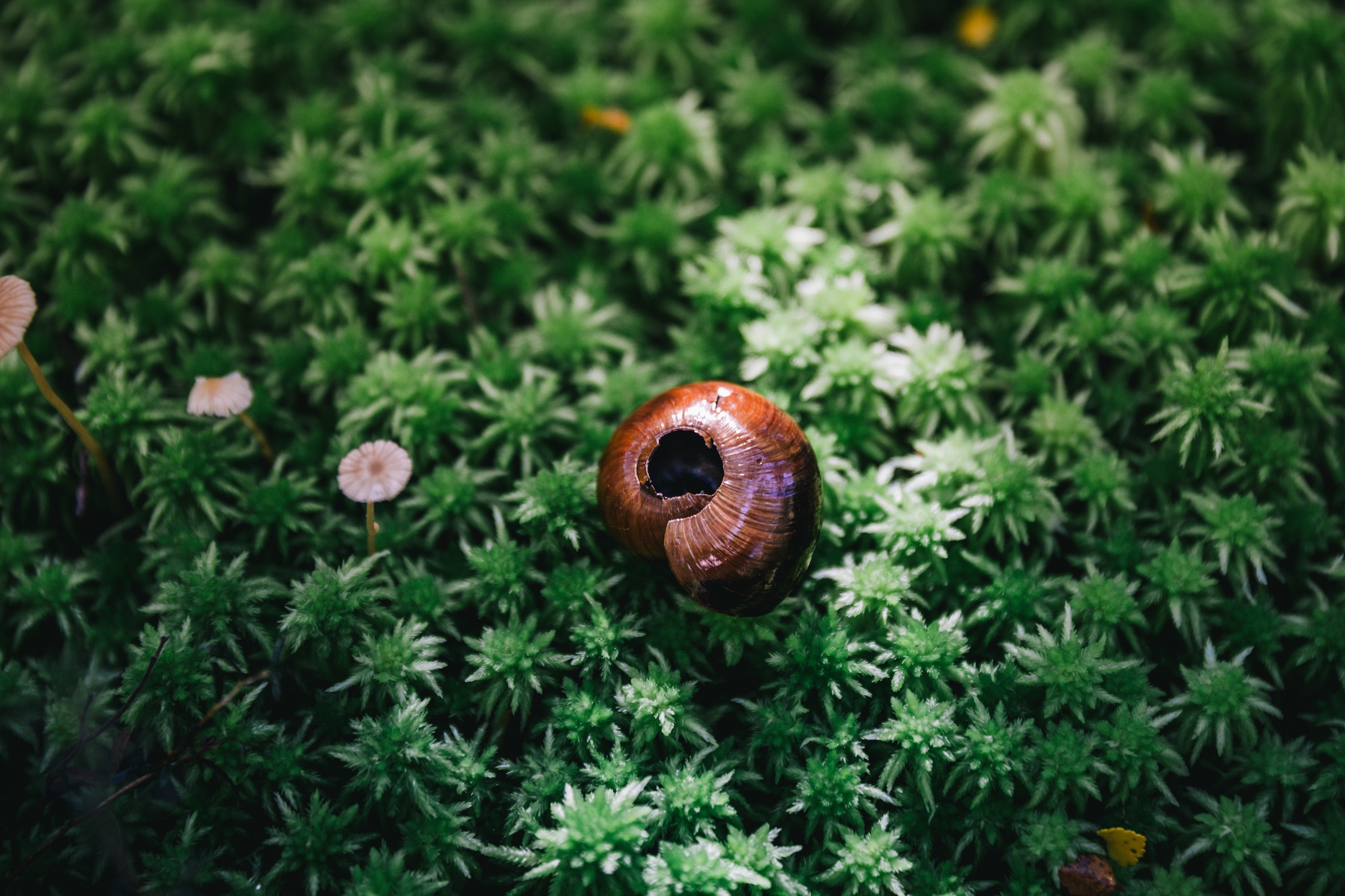
The biodiversity struck me as the best part of the Heaphy Track. It’s incredible, and I’d even say it’s some of the best I’ve seen tramping. The landscapes are incredible and varied. The West Coast is green and humid, the trail meandering along the rugged coastline shrouded in nikau palms. Then you head through some incredible forest before climbing up into red tussock country. It was colorful. It was beautiful.
I saw kiwi, tūī, bellbirds, a fernbird (!!), whio, weka, kererū, robins, riflemen and so many more. You can tell there has been so much predator control in the area to protect it; the birdlife was amazing. It’s also where you can find the largest carnivorous snails—Powelliphanta snails. What the heck? I vaguely knew this, but call me intrigued. I searched for them so hard, but I only found three shells. One of the DOC rangers told me it’s hard to find them alive.
And the queen of birds to see along the Heaphy Track: the takahē. And I didn’t see one; cue tears. It wasn’t like I didn’t try guys. Takahē can poo up to nine meters per day. You bet your ass I followed those poo trails all through the bush around the track for ages. But nada. Other people did see them, which makes me happy. While I was there, some were hanging around Saxon Hut at sunset.
I’ve been privileged to have seen takahē many times in ecosanctuaries and at their breeding facility, but never in the wild. I guess that just means I have to go back.
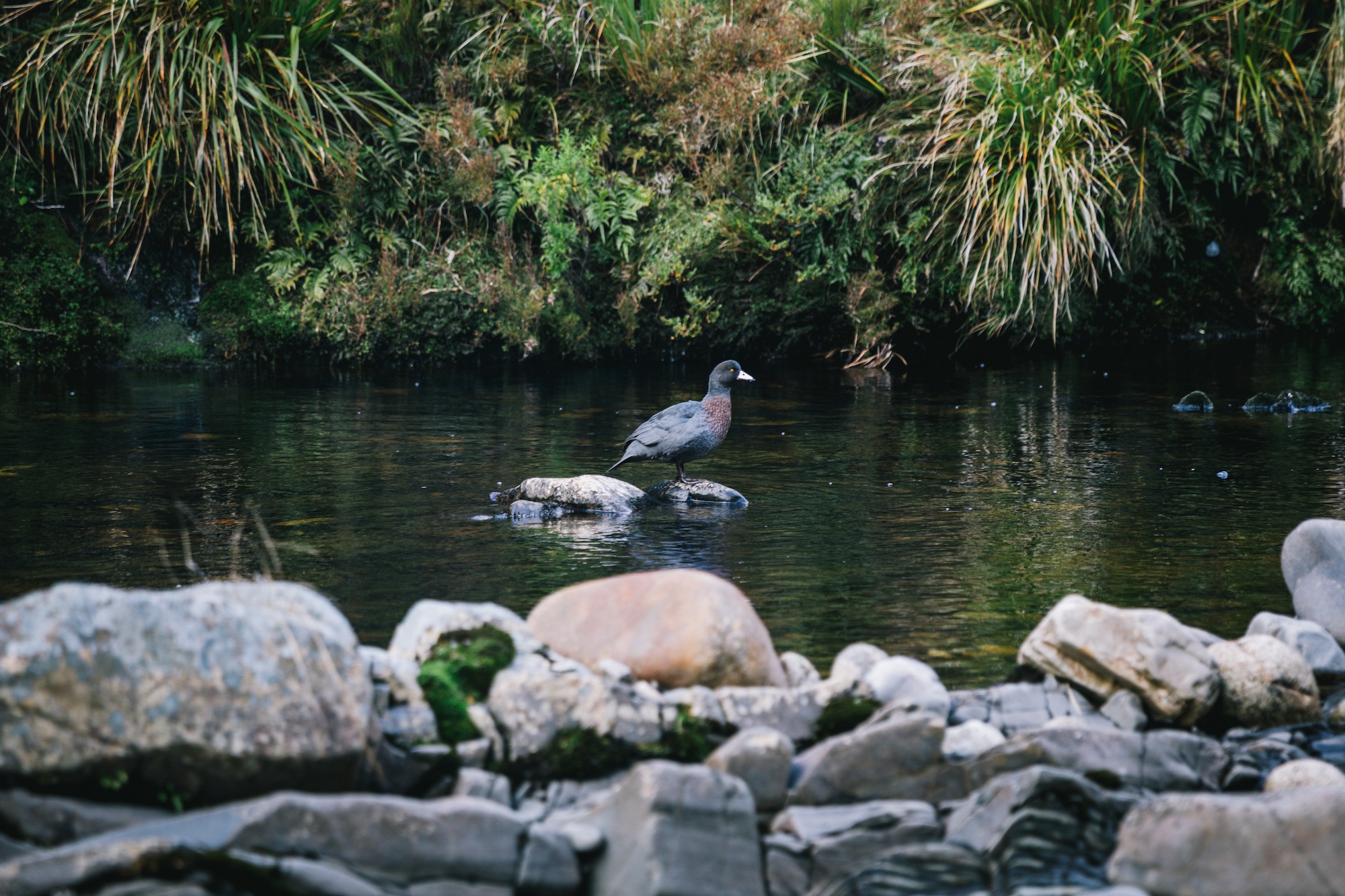
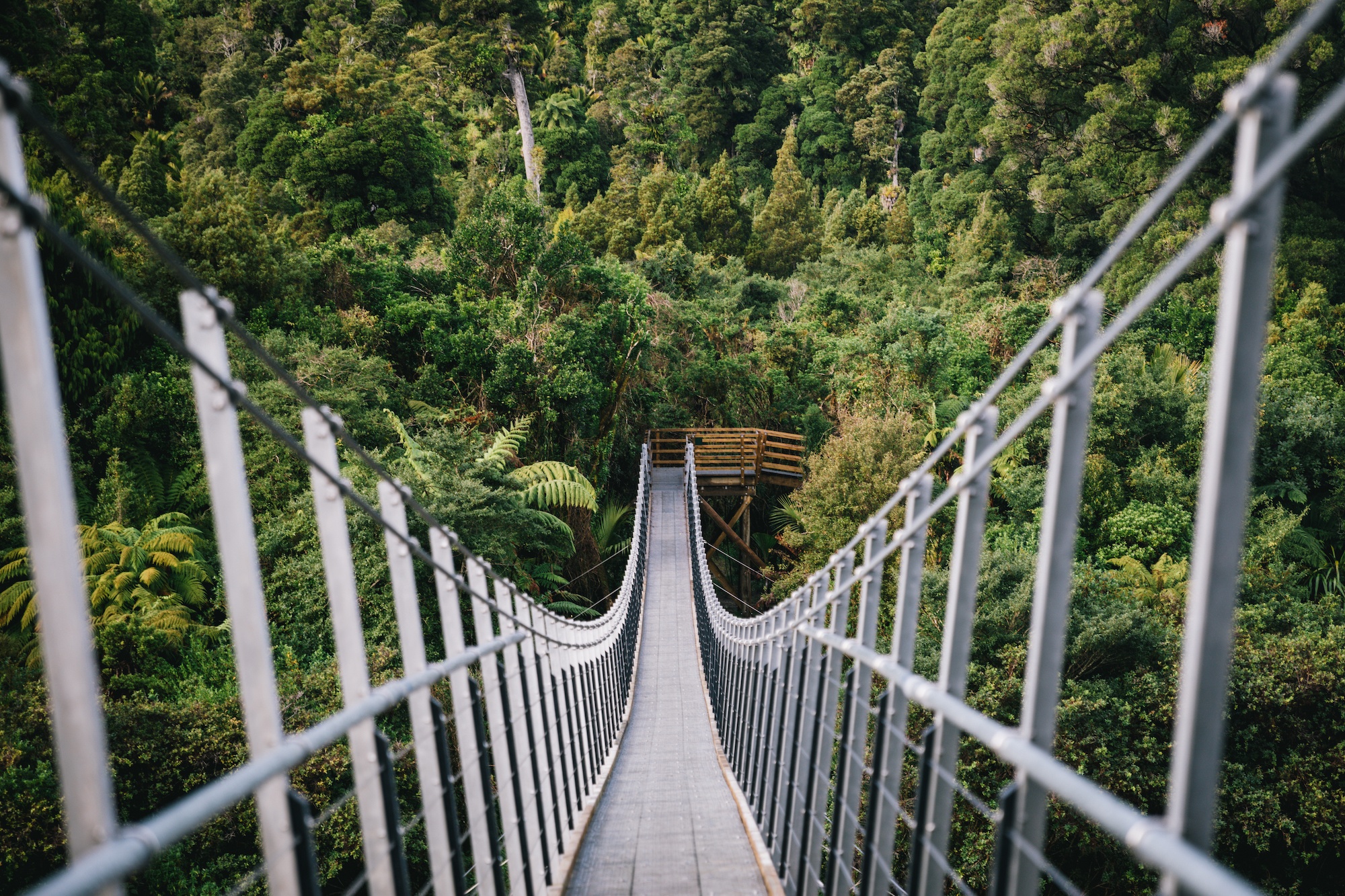
Takahē are a badass, big, hefty blue bird that was once declared extinct for fifty years. Not many creatures can boast about coming back from the dead.
Geoffrey Orbell, a physician, found a wild population of takahē in the Murchison Mountains by Te Anau in 1948. Nowadays, with a lot of hard work in conservation, there are about 500 takahē in New Zealand. Many are in predator-free ecosanctuaries and islands (list here). There still is a population in the Murchisons, but it’s not really accessible to the public. I’ve been trying to weasel my way up there for years unsuccessfully, pun intended. I know it ruins a joke to explain it, but weasels are mustelids, like stoats, which are one of the worst introduced predators in New Zealand. In fact, in 2007, stoats managed to kill half the takahē there. Furry monsters.
But what made Kahurangi National Park particularly special was the release of the second wild population of takahē in 2018. This massive milestone brings us one step closer to restoring our land, birds, and other creatures to what it once was like.
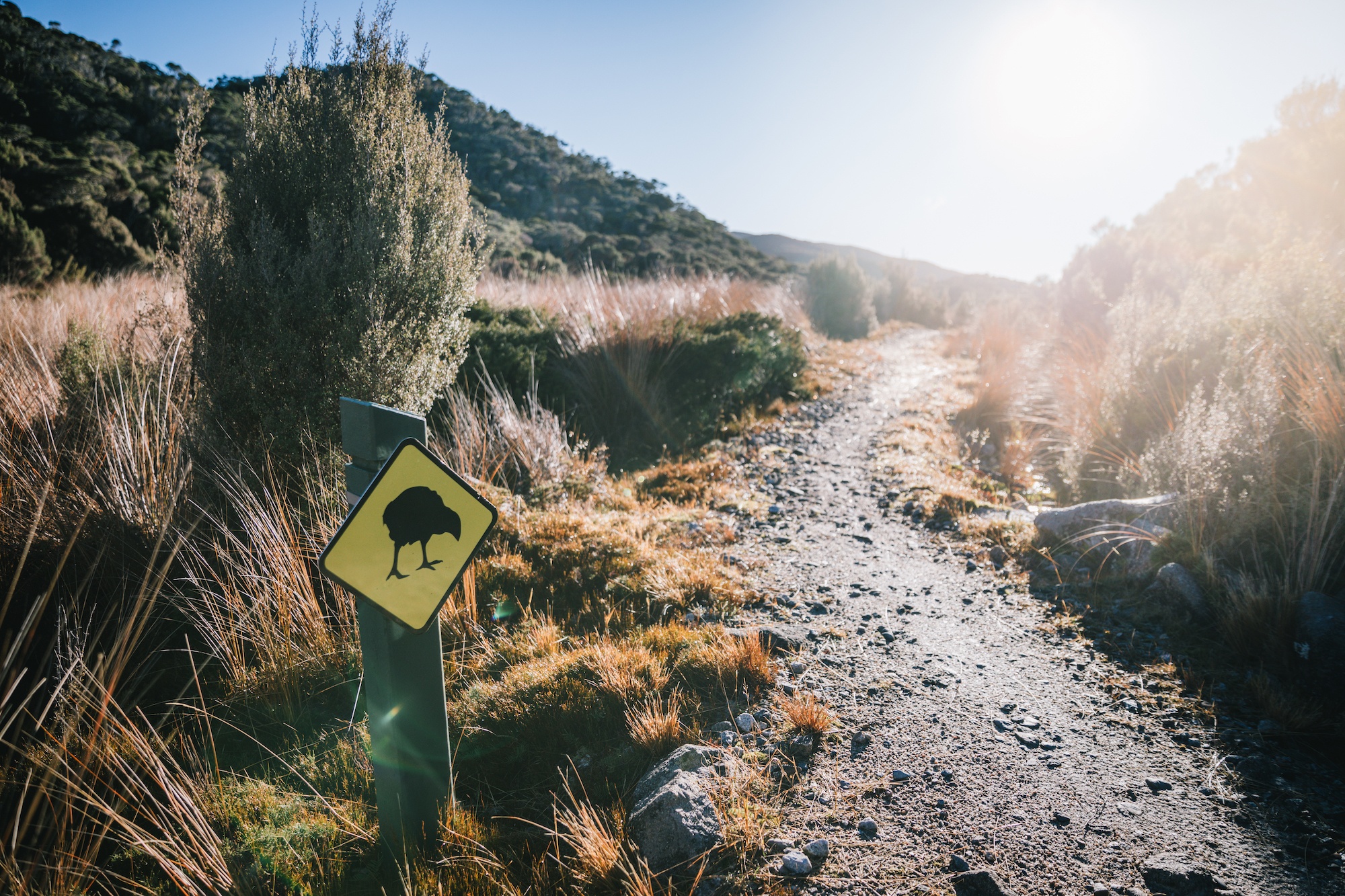
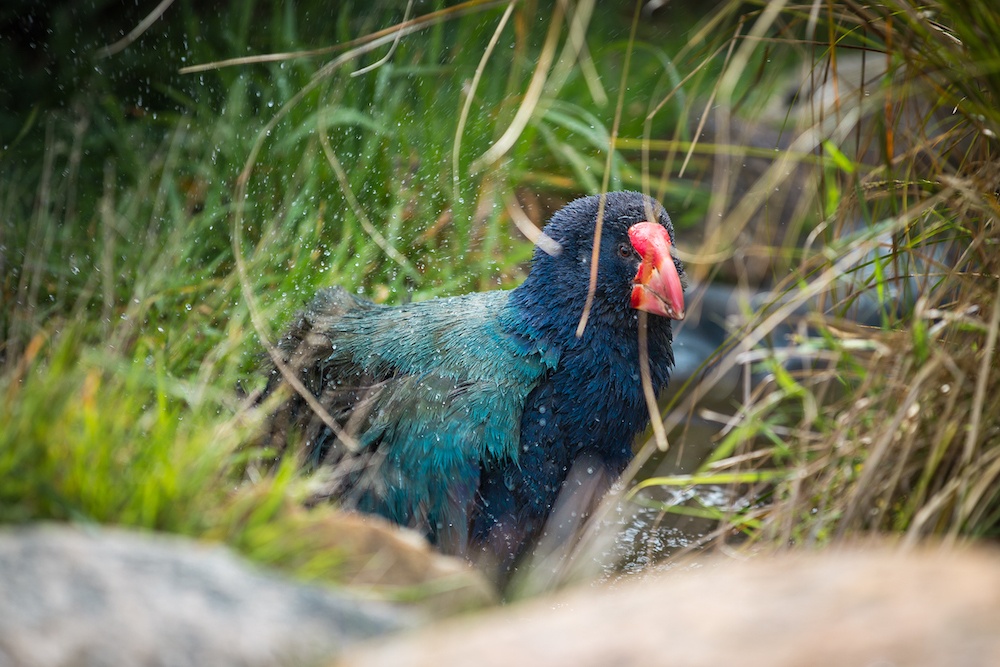
Many thanks to Golden Bay Air for organizing all of the logistics to make this possible. As always, I’m keeping it real—all opinions are my own, as if you could expect less from me.




